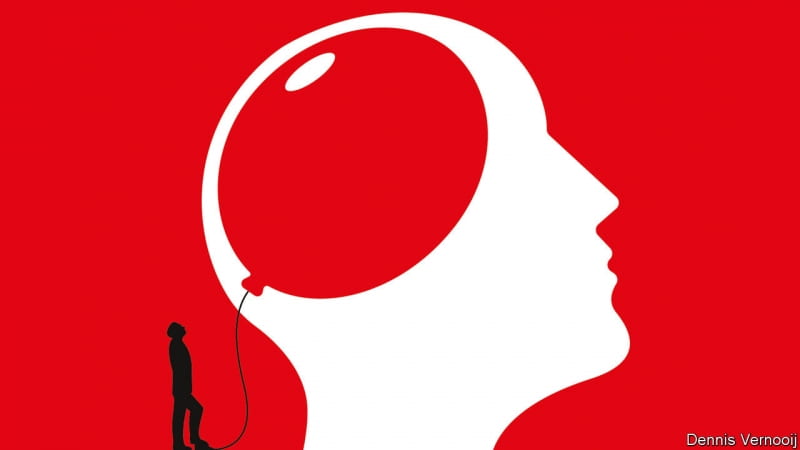How humans got their brains
May 31, 2018
The Economist
“HOW the human got his brain” is probably the most important “Just So” story that Rudyard Kipling never wrote. Kipling did not ignore people in his quirky take on evolution. Two of his tales describe the invention of the alphabet and the invention of letter-writing. But he took for granted the human brains behind these inventions, which are three times the size of those of humanity’s closest living relatives, the great apes, and are thus as characteristic of people as trunks are of elephants or humps are of camels.
This week, though, sees the publication of two studies which, added together, form an important paragraph in the story of the human brain. Both concern a version of a gene called NOTCH2, which has been known for some time to be involved in embryonic development. Both point to an event in the past which changed the activity of this gene in the evolutionary line that leads to modern people. And both are supported by experiments which suggest that the change in question is crucial to the emergence of the big brains which distinguish human beings from all other living animal species.
The two studies, which were carried out independently, are published in Cell. One was by a team led by David Haussler, a bioinformatician at the University of California, Santa Cruz. The other was directed by Pierre Vanderhaeghen, a developmental biologist at the Free University of Brussels, in Belgium.
Dr Haussler stumbled on his discovery while comparing the development of the brain’s cortex in human beings and in macaques, a type of monkey. He and his colleagues found in humans what appeared to be several previously undiscovered versions of NOTCH2, alongside the established one. The new genes, which they refer to as NOTCH2NLs, were absent from their macaques and—as a search of genetic databases showed—from all other living animals except chimpanzees and gorillas. In these two great apes there were two NOTCH2NL genes, but they seemed to be inactive. The difference between apes and humans is that in the human line one of these NOTCH2NLs has now become active, and has multiplied to create three versions, known as A, B and C.
[ Read more ]


Recent Comments